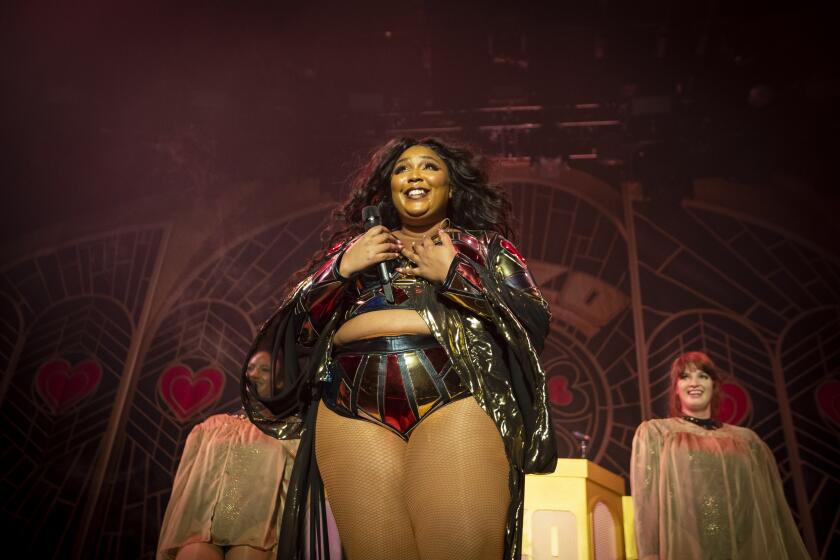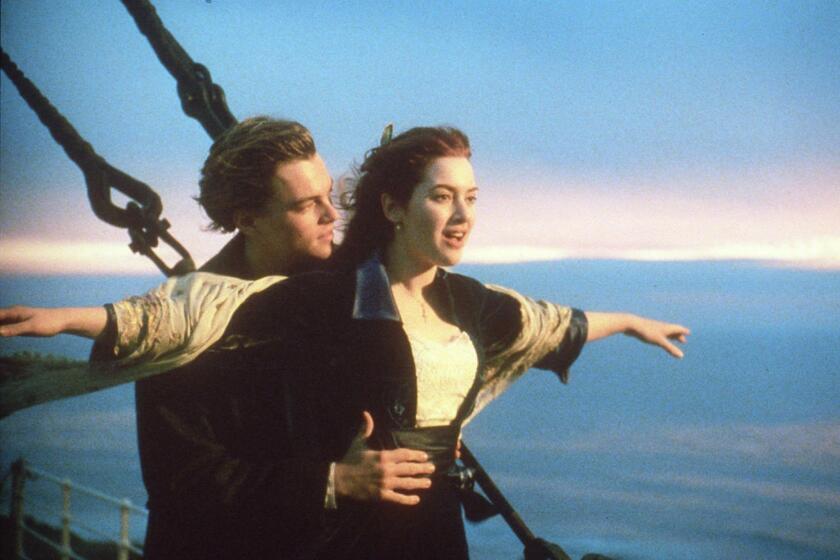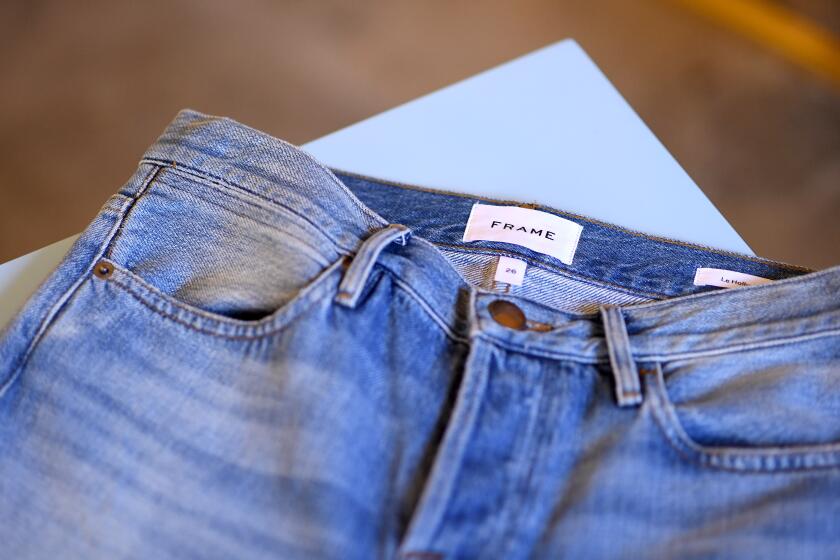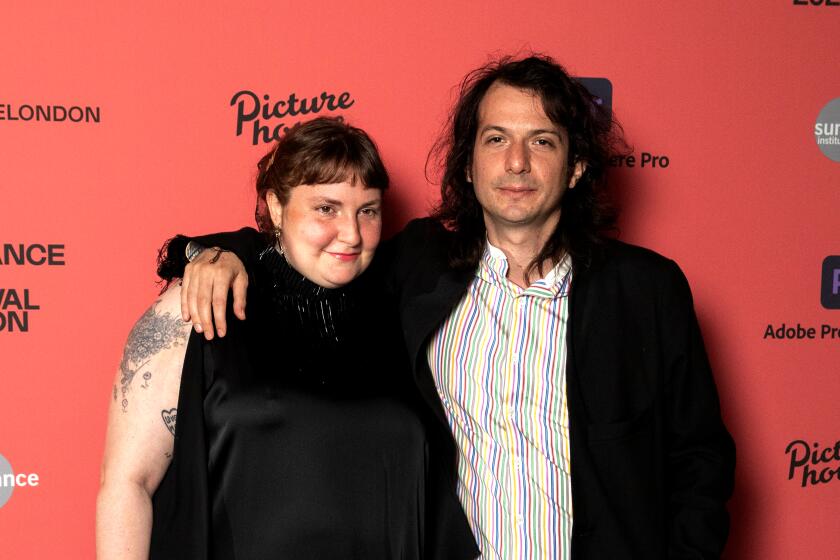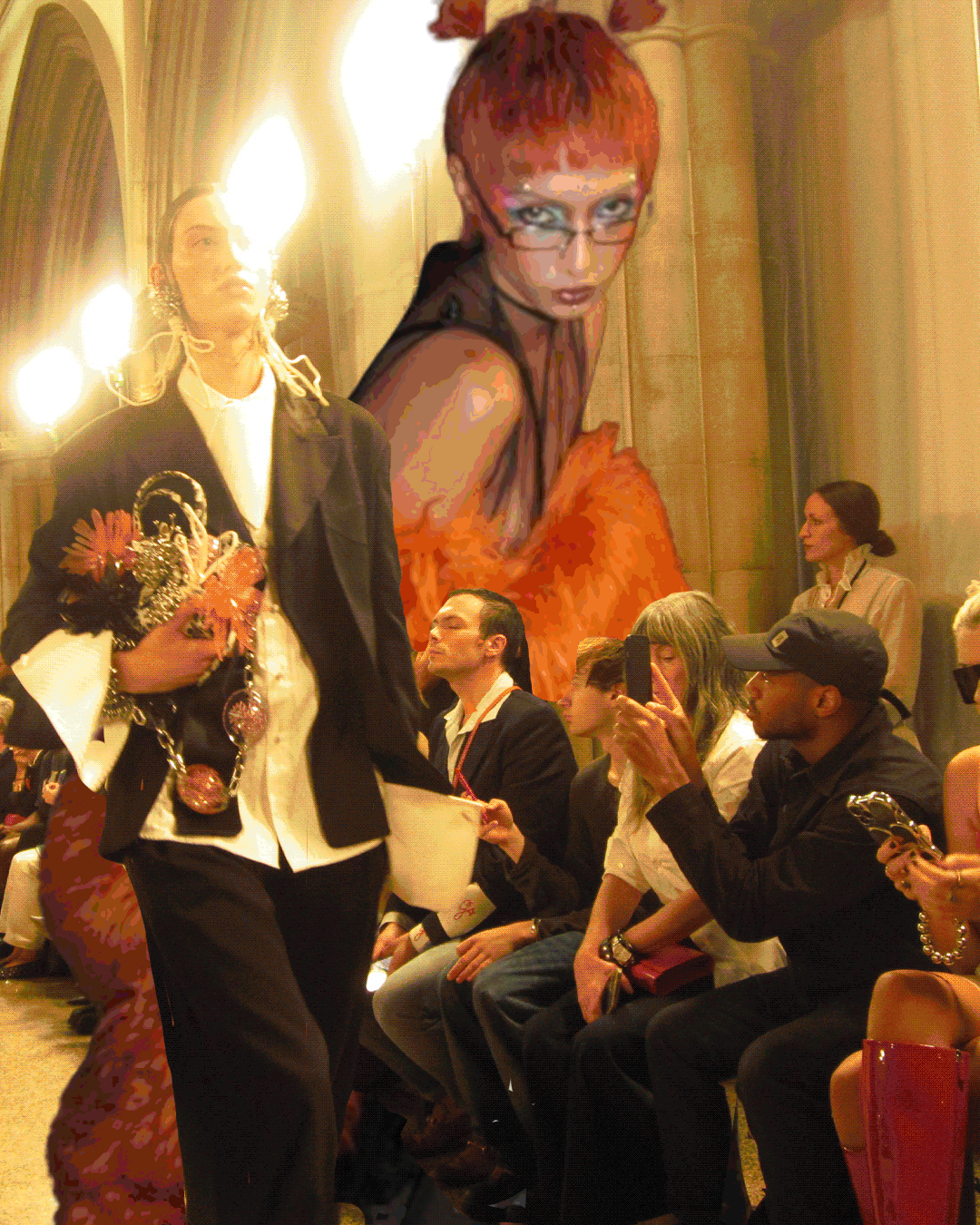What does it take to keep regular bodies on Paris runways?
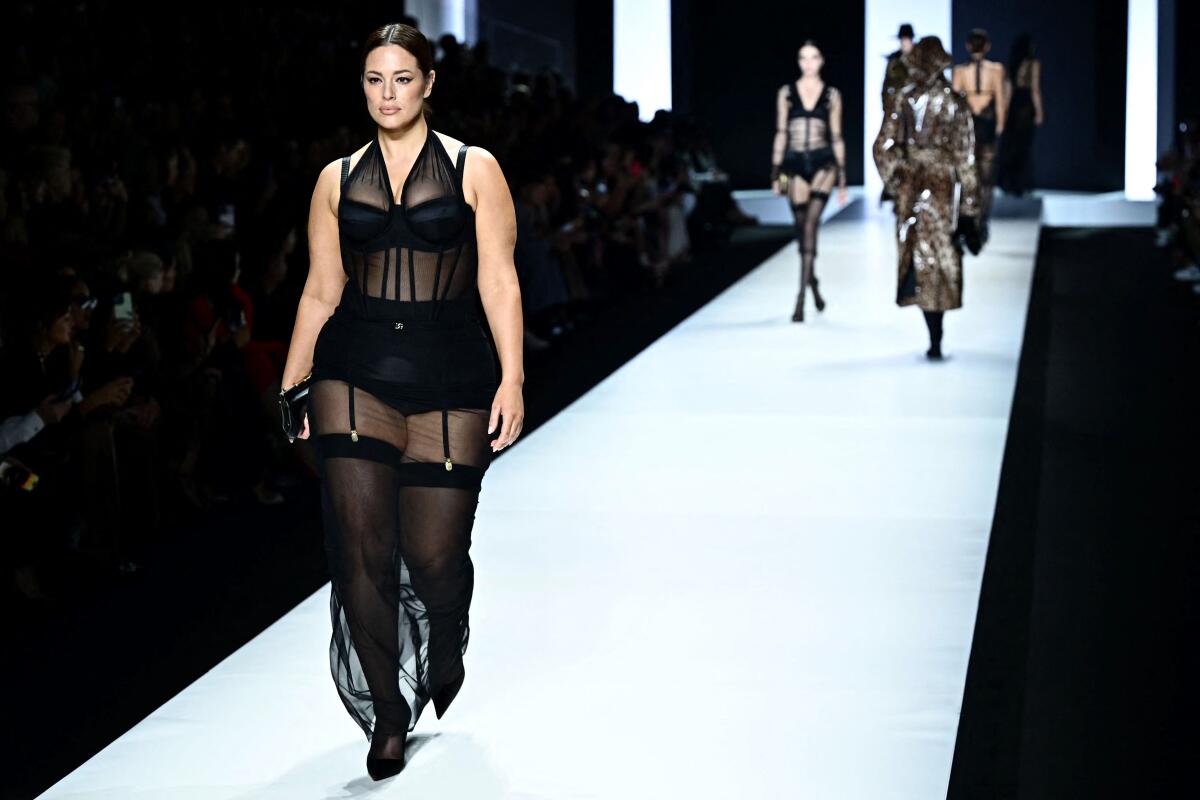
- Share via
Three of my favorite things came together as I read Erin Zhurkin’s debut novel, “Plus-Size in Paris.”
First, having lived in Pau, in the Pyrenees, and Paris for two very important years of my life — at 12 with my family and 20 as a university student — j’adore la France.
Second, one of the most enjoyable times of my professional life was when I was fashion editor of the Detroit Free Press and traveled twice a year to Europe to cover the runway shows.
And third, the increasing popularity of so-called plus-size fashion influencers like Remi Bader and Katie Sturino, who have amassed millions of social media followers on Instagram and TikTok. These women can rightfully take credit for moving the too-skinny fashion needle toward a more realistic body type, and for showing women who do not conform to the thin cultural ideal that they can be just as fashionable and beautiful as the ones who do.
“There is just something so incredibly brave with what they do,” Zhurkin told me by phone on Monday about the plus-size fashion influencers, to whom she dedicates her novel. “They put themselves out there every day online to millions of people: This is who I am. This is my body, I am proud of it. And they are real — if they don’t love [how they look], they talk about that too.”
Lizzo locked her Twitter account after threatening to quit music amid a new wave of body-shaming comments.
“Plus-Size in Paris,” which Zhurkin self-published after being told again and again that publishers wanted only rehashes of “Emily in Paris,” is about a fashion influencer named Abby who is among a group of influencers invited to Paris by an important fashion house, which could be Chanel but is called Claudette. The house’s higher-ups don’t realize that Abby, who is plus-size, uses a thin friend as the public face of her style feed, “Femme Fatale.” They are, of course, scandalized when a large, overconfident American woman shows up. They try to send her home, but Abby refuses to leave and plots a spectacular runway coup.
One scene in “Plus-Size in Paris” rang especially true: Abby and a friend step into a tiny, caged elevator with an older man who lives in the same apartment building. The elevator won’t move, and its alarm starts to buzz loudly. The man looks at Abby and says, in English, “I think your big size is too heavy for the lift. Someone must vacate.” Abby steps out. She’s not ashamed, just annoyed.
“That actually happened to me,” said Zhurkin, 52, who lived in Paris from 2016 to 2019 with her husband, an executive for Renault, and her three young daughters. “He was a neighbor, so I had to see him [again], ugh.”
‘Apparently I was too fat,’ Winslet said of the discourse surrounding her breakout role in ‘Titanic.’ ‘I wasn’t even f— fat.’
Zhurkin, who said she ranges in size from 14 to 16, told me she was frustrated that she could never buy clothes for herself in Paris. Sizes at even the Target-like department store Monoprix went up only to the equivalent of American 14. Or “a very tight 16,” she added.
“All I knew was that I wanted to be able to walk into a clothing store in Paris and feel like I was seen with the body size I have,” Zhurkin said. “Not only was I not seen, it was quite the opposite.”
I can relate. The year I lived in Paris, my friend Alison and I had a classic encounter in a clothing boutique. The saleswoman took one look at us and sniffed, “We have nothing in here for you.”
My niece was shocked when I spent $200 on made-in-L.A. jeans. She buys online from Chinese fast-fashion giant Shein, where jeans cost $10.
Zhurkin lives in Seoul now, where her blond hair and typical American size often draw stares. But there are worse indignities.
“At the doctor’s office, right off the bat, they say, ‘You gotta lose weight,’” she said. “They wanted me to change into a robe, but they didn’t have one that fit. Note to self: I have to bring my own robe when I go to the doctor!”
Monday marked the start of another Paris Fashion Week, and another season in which unrealistically thin women continue to rule the runways.
Over the last several years, some fashion designers have taken baby steps toward body size diversification. Plus-size model Ashley Graham, the first to appear on the cover of Sports Illustrated’s bathing suit issue, stays busy. But true size diversity, like so much else about fashion, seems to have been a passing fad.
Just back from her honeymoon, Lena Dunham made the mistake of seeing what folks had to say about her wedding. She found “an echo chamber of body shaming.”
“The numbers confirmed the hunch,” wrote Anna Solomon in the Luxury London style newsletter in July. A year ago, she wrote, New York Fashion Week proved “the most body diverse to date, with 49 plus-size castings.” Six months later, “that fell to 31.”
And the drop continued; Vogue Business analyzed the presence of plus-size models on runways in Paris, London, Milan and New York earlier this year and calculated that 0.6% of models could be described plus size (sizes 14 and above) and 3.8% of models were midsize (6 to 12). “This means,” the publication said, “95.6% of looks … were in a size U.S. 0-4.”
Sturino, the fashion influencer, came to the same conclusion: “What we’re seeing is, fashion is back to where they’ve always wanted to go back to, which is an extreme, thin body shape. I think this proves a couple things. Yes, size diversity on the runway has definitely been performative. Two, plus-size expansion in many brands has failed.”
Why choose a vague word as the smug shorthand for something morally objectionable? A backlash against ‘problematic’ seems to be brewing.
That last observation is something of a mystery. While more than 68% of American women wear plus sizes, companies such as the Gap and Old Navy have pulled back their plus-size lines. Some fashion retail experts pin the blame on poor fitting clothes, on the difficulty of getting customers accustomed to online shopping into stores and the pressure on the brands to quickly succeed when they need time to grow.
And there is also this: It is more expensive, sometimes much more so, to make garments in size 16 compared with size 4, which was a plot point in “Plus-Size in Paris.”
“I wanted to show from the fashion house’s perspective, it’s not about size, it’s a business decision. ‘It’s not that we don’t want to support women who have larger bodies, it just costs us a lot of money,’” Zhurkin said.
Personally, I think we are probably never going to see body diversity on every single runway. We all suffer from decades of ingrained thinking about the correlation between thinness and beauty. But there is no reason to stop hoping, and pushing.
In 2017, Florida State University communications associate professor Russell Clayton, who studies the effects of media and technology on thinking and emotions, and two colleagues found that when a group of women who said they wanted to be thinner were exposed to average and plus-size models, they felt a whole lot better about themselves.
Isn’t feeling good exactly what fashion should be about?
More to Read
A cure for the common opinion
Get thought-provoking perspectives with our weekly newsletter.
You may occasionally receive promotional content from the Los Angeles Times.

